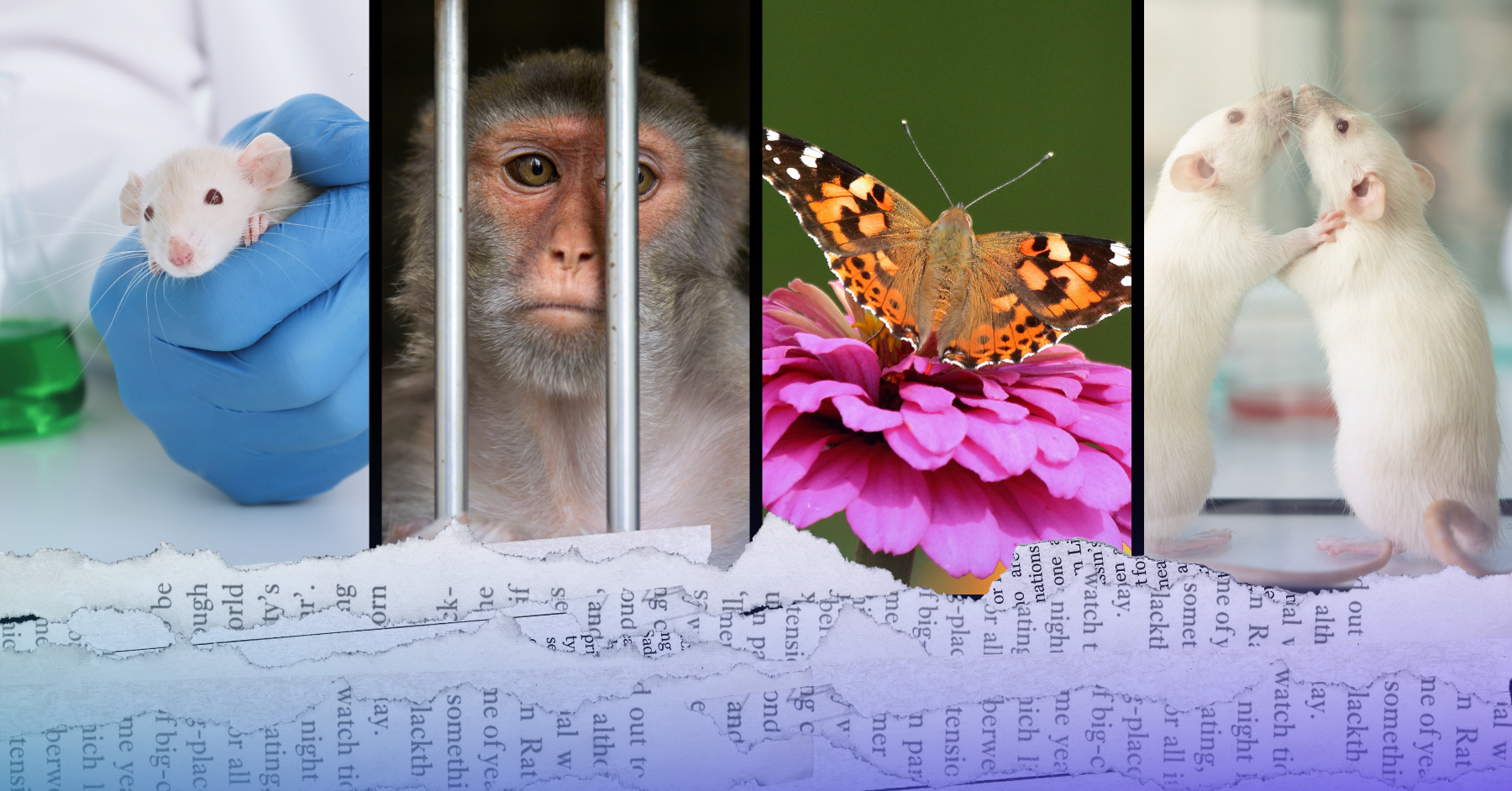
Here’s a roundup of this week’s biggest news stories related to animal research—all the recent media coverage you need to know right now to be the most effective activist for animals in labs.
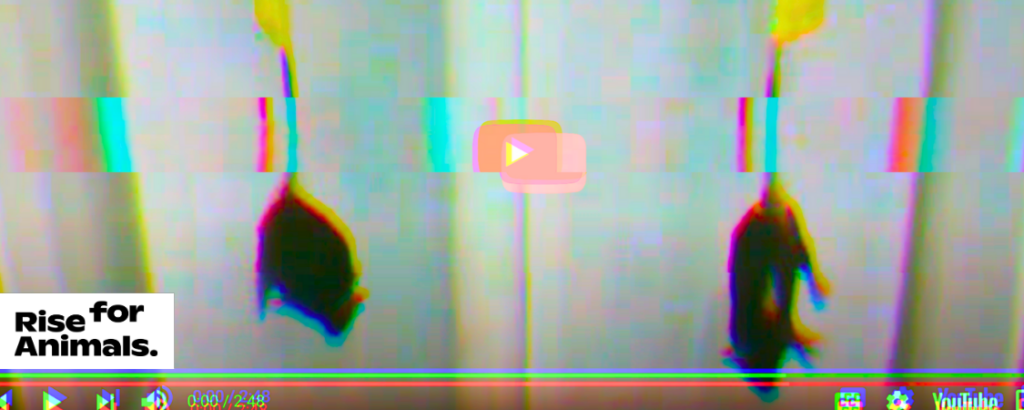
Animal Researchers Violently Abuse Animals, Warns YouTube
Rise for Animals, 7/17/2024
Why did YouTube ban our video exposing animal research? Find out what they think you shouldn’t see: 📰 Full Story →
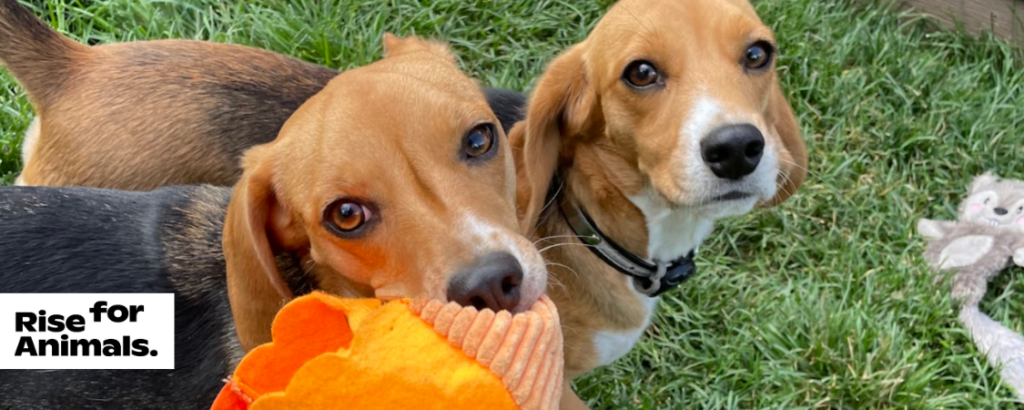
Teddy and Ellie: Rescued from Research
Katie Koser (Guest Author for Rise for Animals), 7/18/2024
“Every single morning, he shook out of pure fear when he woke up. This was the first few months of Teddy’s life with us. The shaking is what made me realize just how much trauma this sweet dog went through in his life at a research laboratory.” 📰 Full Story →

Judge: Angelo State Must Release Records on Research Study That Resulted in Deaths of Dozens of Animals
PCRM, 7/11/2024
“ . . . Angelo State University must release public records relating to an experiment conducted on dozens of mice that resulted in the animals’ unnecessary suffering and death, reportedly to study the impact of the foster care system on human children.”
“The ruling overturns Texas Attorney General Ken Paxton’s Nov. 17, 2022 decision to side with the university in denying the records.” 📰 Full Story →
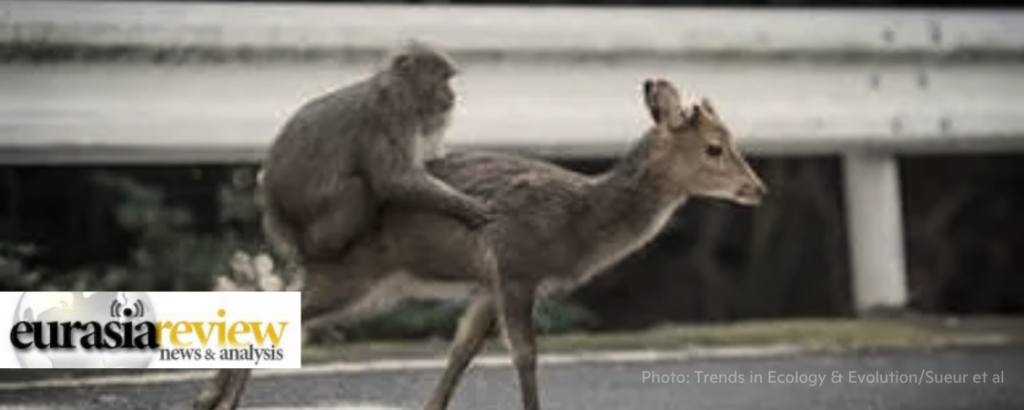
Introducing Co-Cultures: When Co-Habiting Animal Species Share Culture
Eurasia Review, 7/12/2024
“Cooperative hunting, resource sharing, and using the same signals to communicate the same information–these are all examples of cultural sharing that have been observed between distinct animal species.”
“ . . . researchers introduce the term ‘co-culture’ to describe the cultural sharing between animal species. These relationships are mutual and go beyond one species watching and mimicking another species’ behavior–in co-cultures, both species influence each other in substantial ways.” 📰 Full Story →
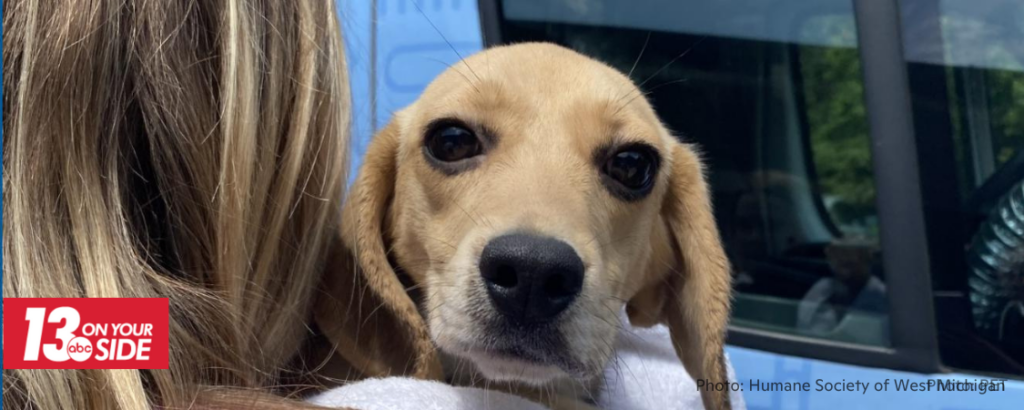
Humane Society of West Michigan Takes in 12 Beagles from Research Facility
Veronica Ortega, 7/14/2024
“About a week ago, the Humane Society of West Michigan took in 12 beagles from a research facility. These dogs lived their entire lives in wire cages, in a room with no windows and a concrete floor.”
“‘You see the light kind of come into their eyes and they get excited when you really see them realize that they’re safe and they’re outside and they can run around and they can play.’” 📰🎥 Full Story →
 Baby Mice Likely Starved to Death in USC Research Lab, Report Says
Baby Mice Likely Starved to Death in USC Research Lab, Report Says
Amanda Shaw & Brookley Cromer, 7/17/2024
“An animal welfare group is again calling for the University of South Carolina to stop animal research after an incident that resulted in the deaths of two baby mice . . . According to the report, two mice were weaned and put in a cage. They were found dead four days later and ‘appeared to have not been fed.’”
“‘The research staff member likely neglected to add food to the cages,’ . . . ‘This error was exacerbated by the failure of DLAR (Department of Laboratory Animal Resources) staff to notice the lack of food.’” 📰🎥 Full Story →
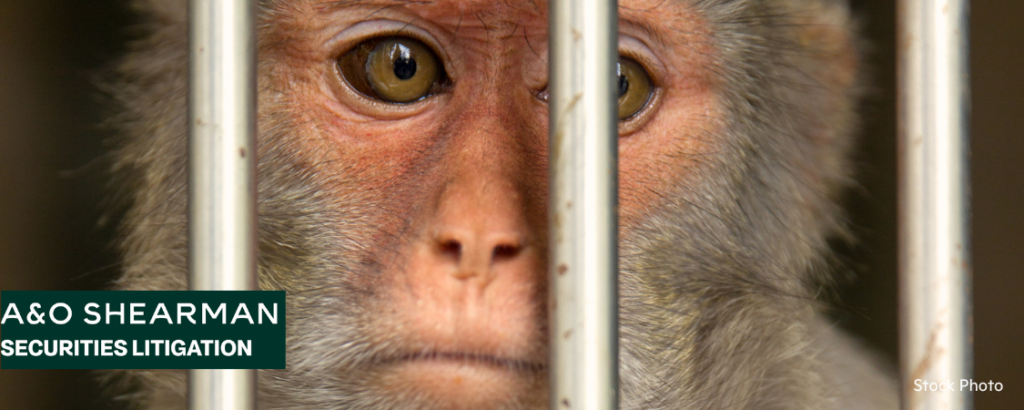
District of Massachusetts Dismisses Putative Class Action Against Drug Development Company
A&O Shearman, 7/17/2024
“Plaintiff alleged that defendants misled investors to believe that the company complied with all applicable laws in its importation of endangered non-human primates (“NHPs”) for animal testing of biological pharmaceuticals.”
“The company is in the business of importing animals, including NHPs, either to sell to pharmaceutical companies for use in drug-safety assessment studies or to use, itself, in conducting such assessments for clients. 📰 Full Story →
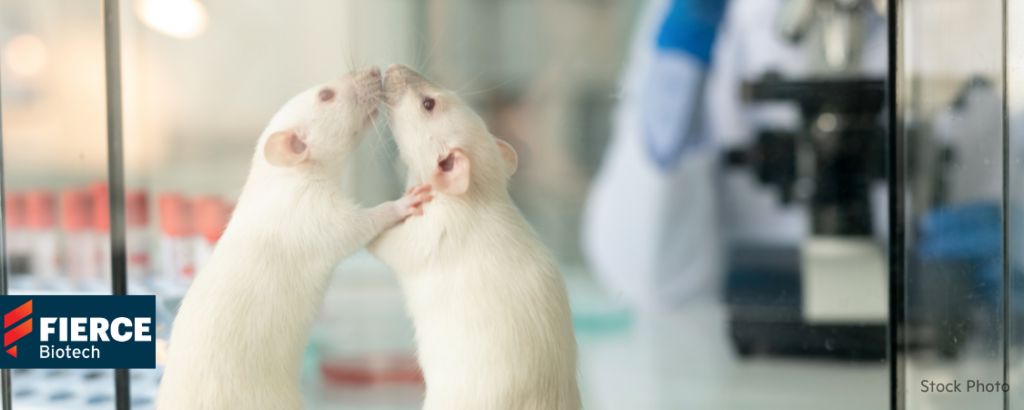
Regulation Concerns Keep Non-Animal Models Out of R&D: Survey
Helen Floersch, 7/18/2024
“Despite an FDA green light for the use of animal testing alternatives in drug development, regulatory concerns may be keeping the industry from embracing them….”
“ . . . a survey of 250 life sciences professionals . . . found only 23% considered themselves ‘very familiar’ with any kind of animal model alternative” and “77% said they weren’t using cell-based in vitro non-animal models like cell cultures and organoids in their R&D process. As for why they haven’t begun using alternatives, 60% of respondents said they were concerned about regulations, even though non-animal models (NAMS) are accepted for preclinical studies under the 2022 FDA Modernization Act 2.0 and in some cases might even be better than traditional animal models at predicting how humans will respond to drugs.” 📰 Full Story →
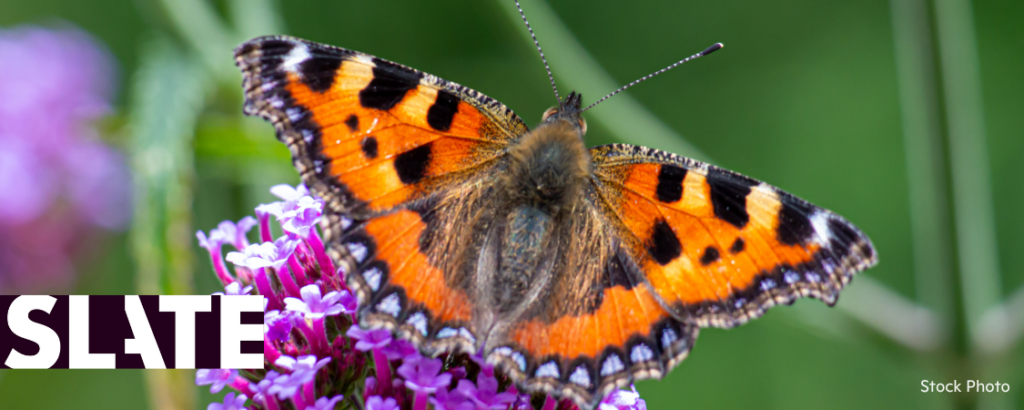
Ant Surgeons? Transatlantic Butterflies? Worms That Make Antibiotics?
Jules Howard, 7/7/2024
“First, there was the news that ants can perform lifesaving emergency amputations on one another to treat leg wounds and prevent infections.”
“Following this was the news that a pioneering butterfly species, known as the painted lady, can traverse the Atlantic Ocean in as little as five days, a journey of more than 2,600 miles….”
“ . . . most recently of all . . . puddle-dwelling wormlike organisms known as rotifers long ago stole DNA from bacteria, incorporated it into their own genome and–when feeling under the weather–use this DNA to produce their own antibiotic remedies.” 📰 Full Story →